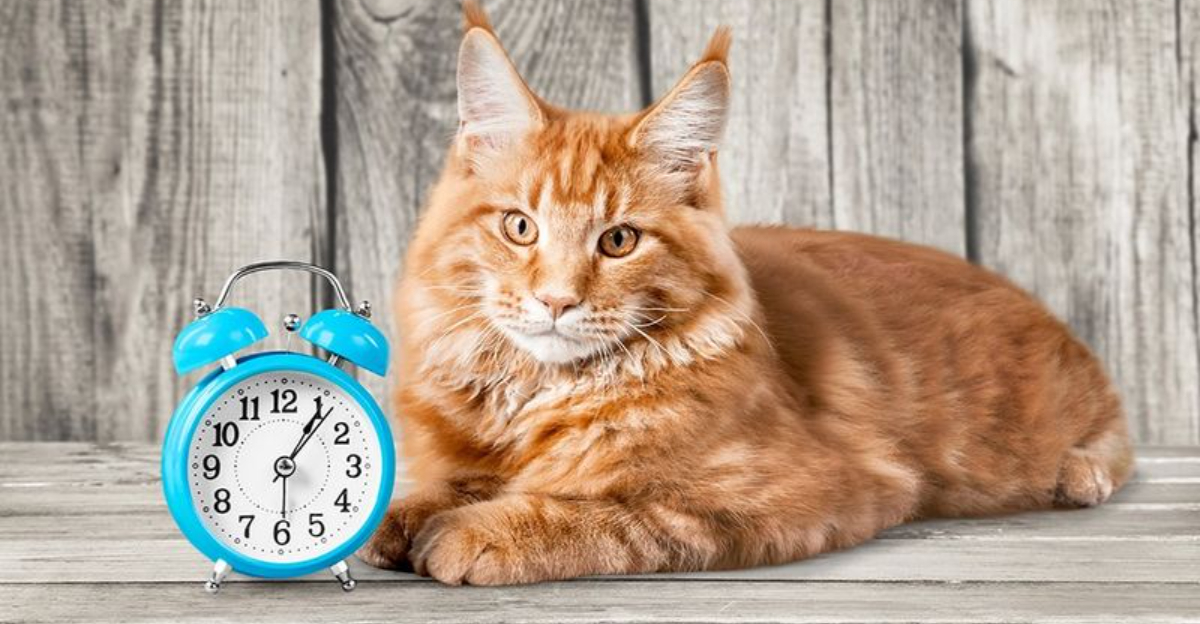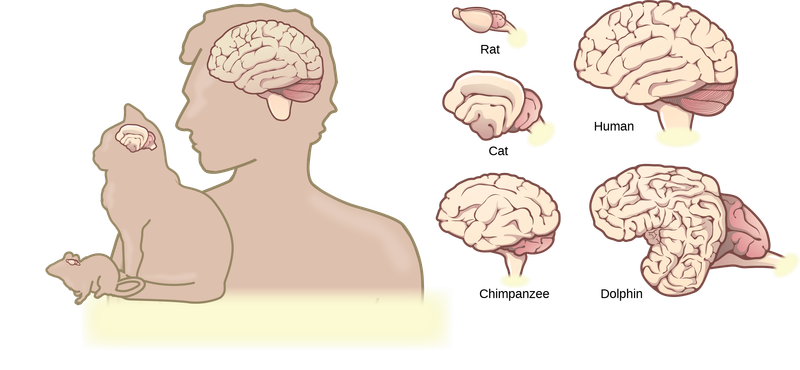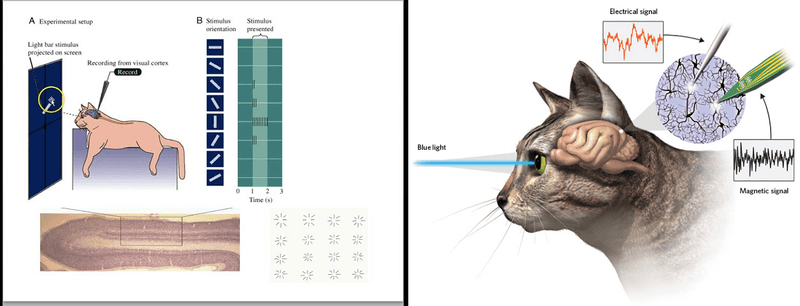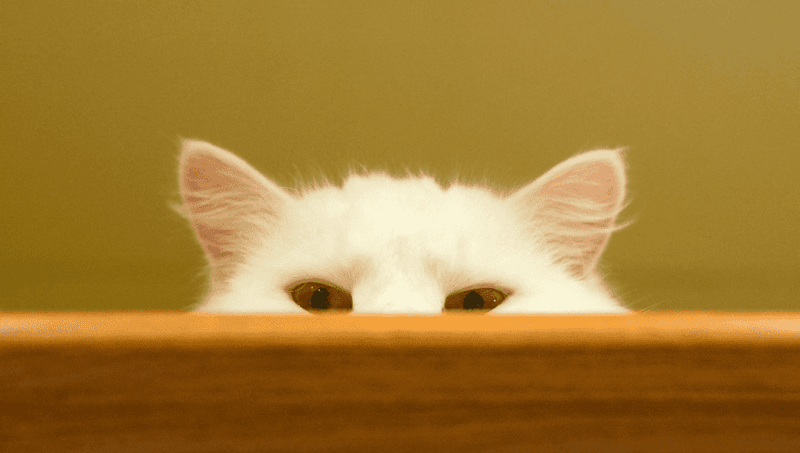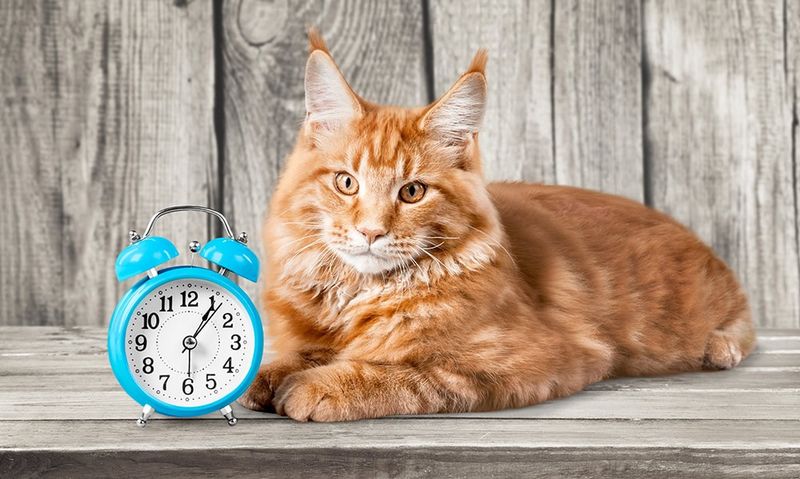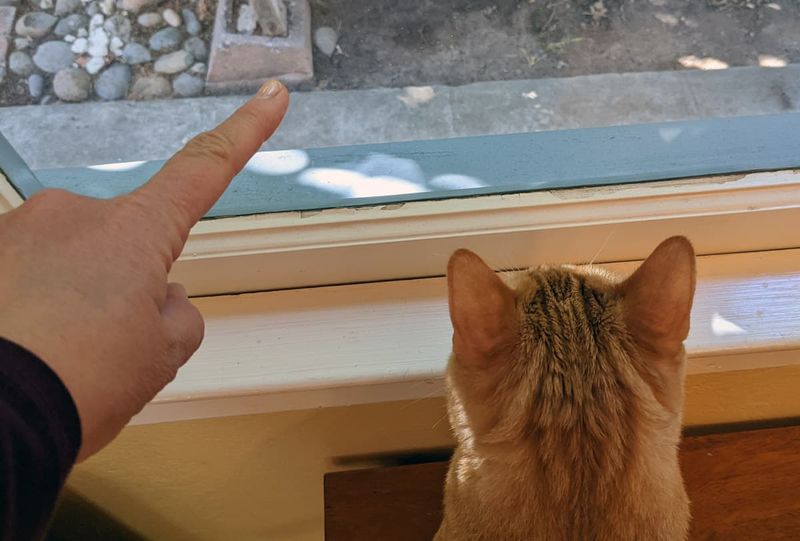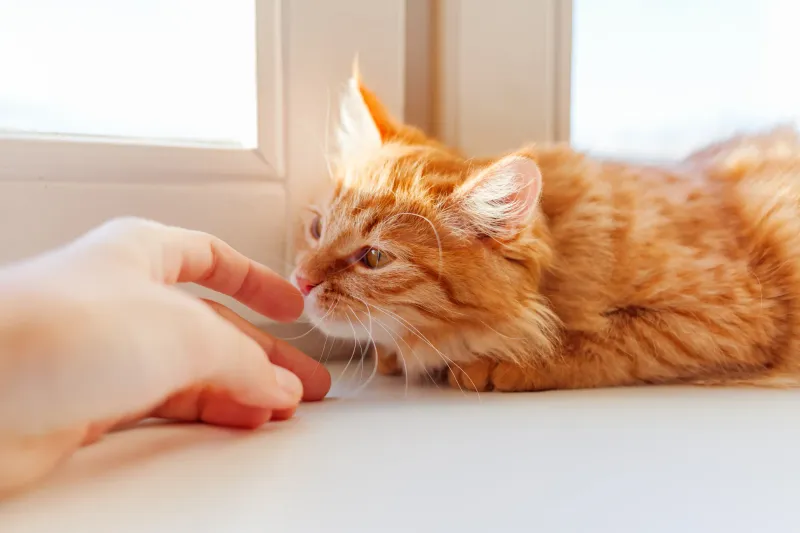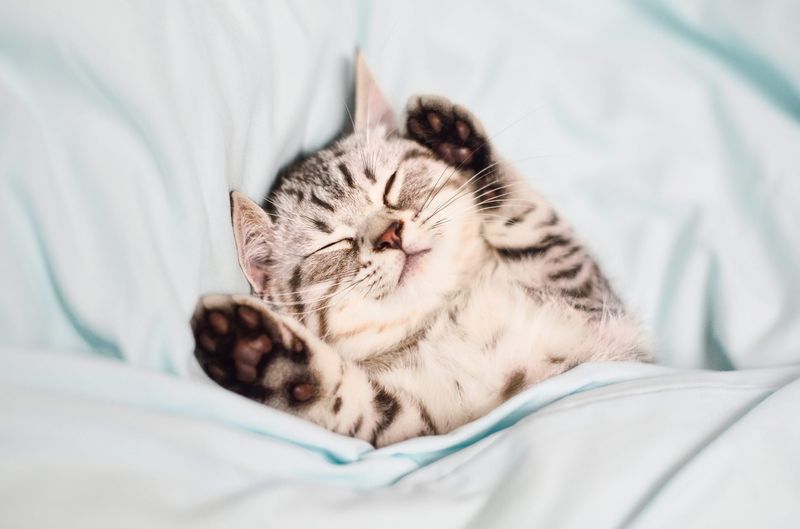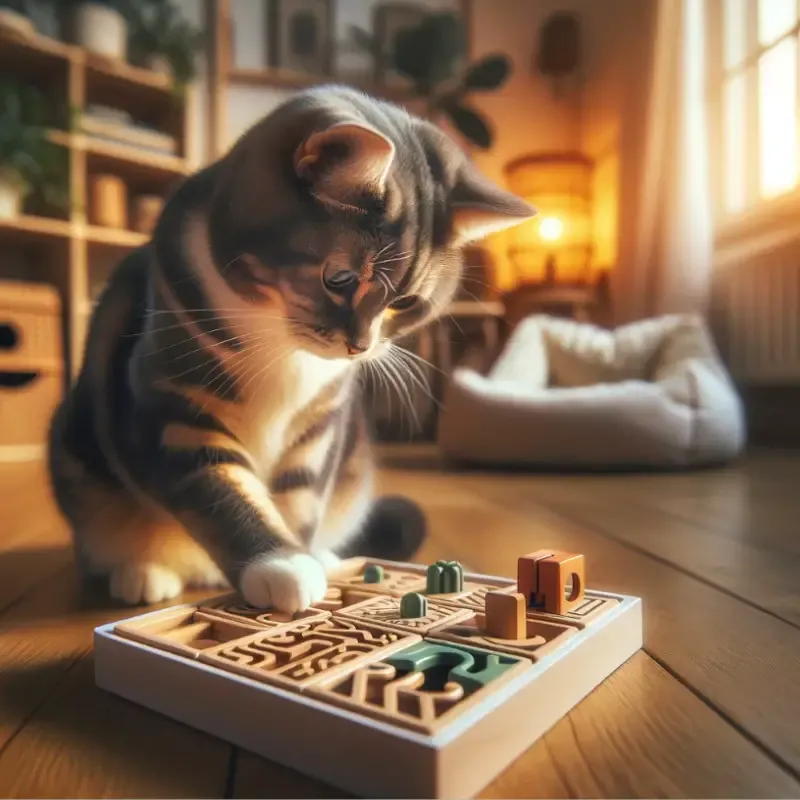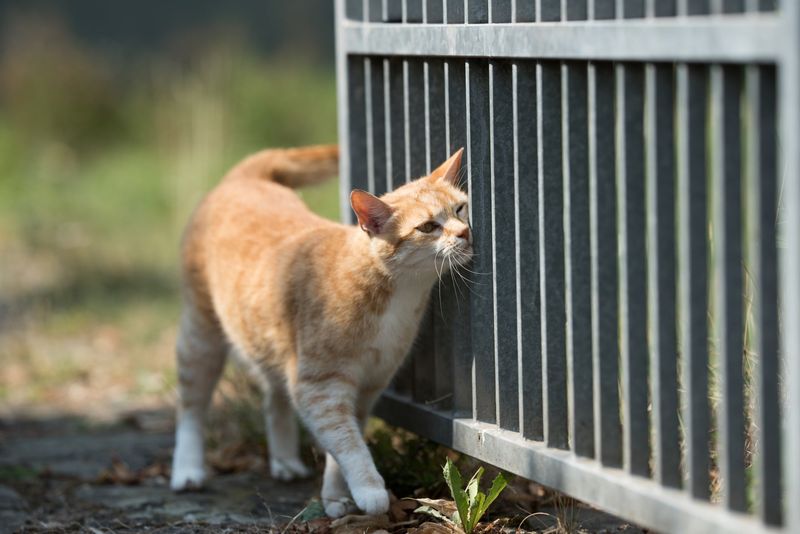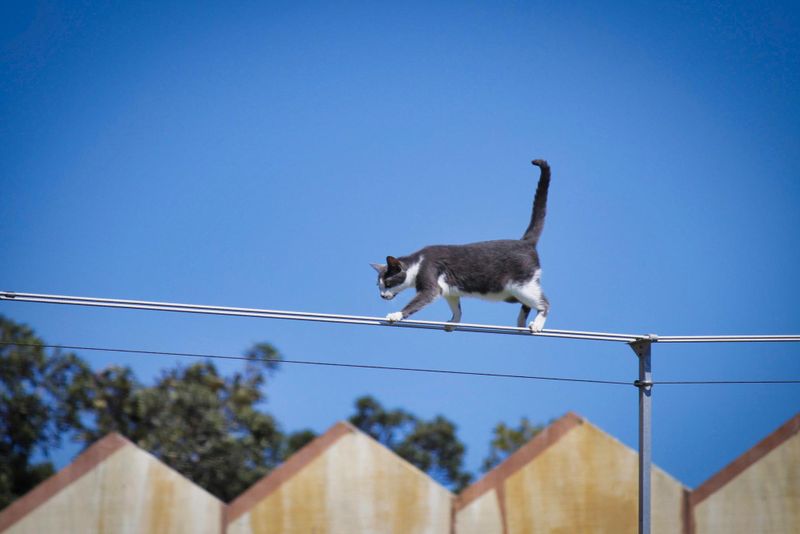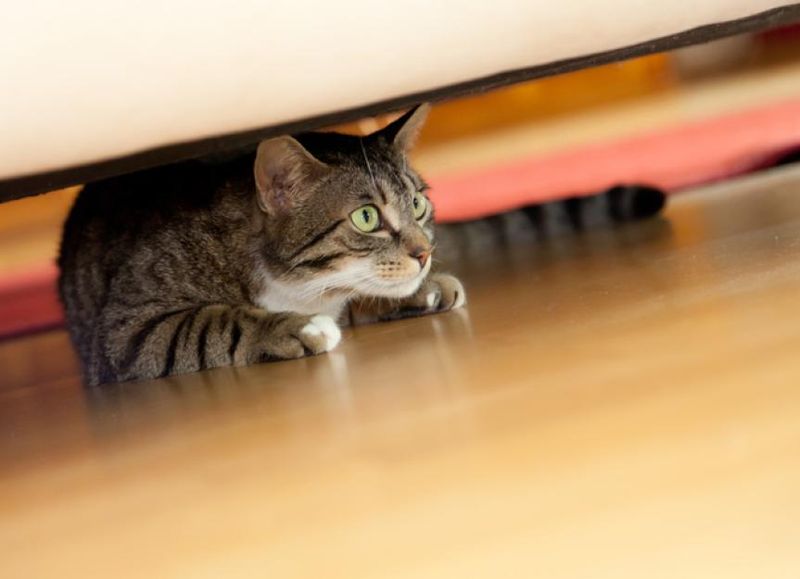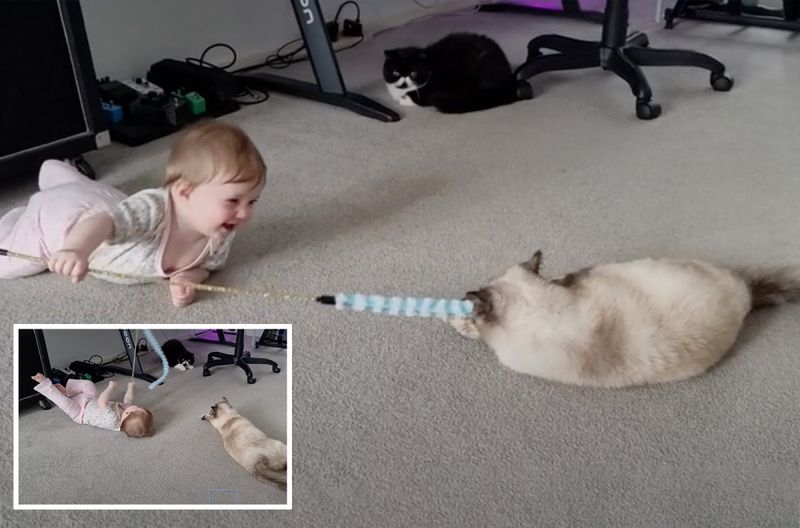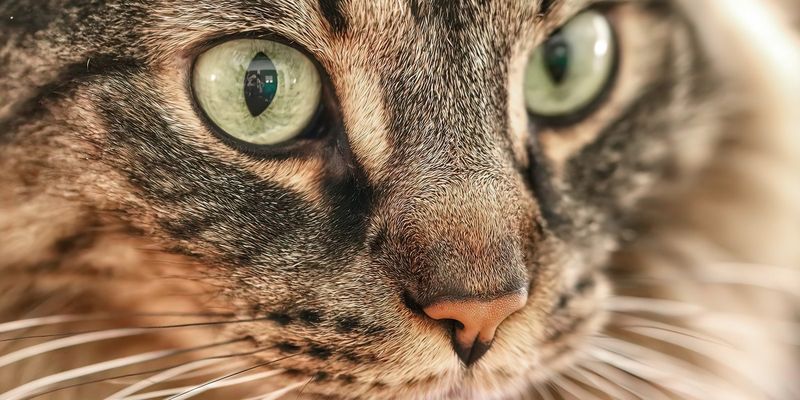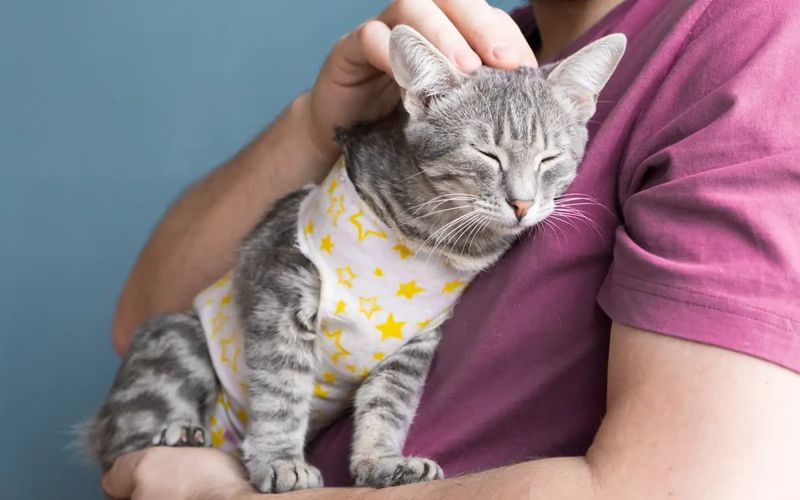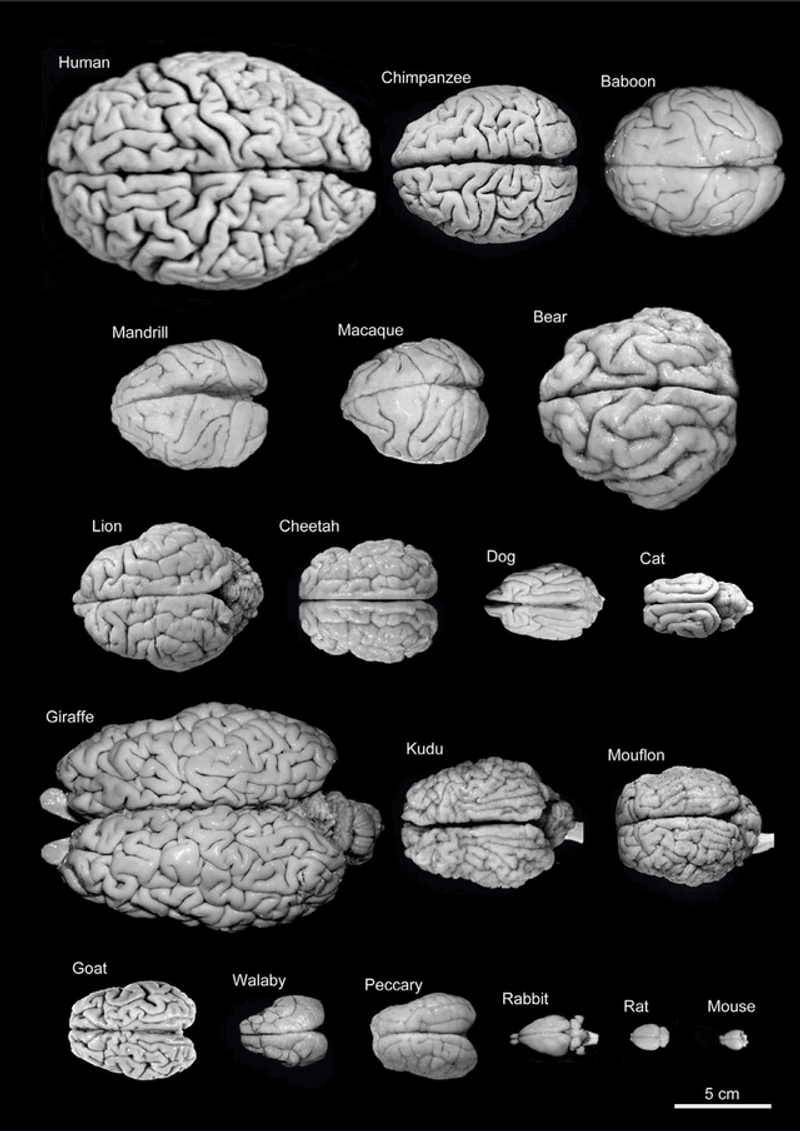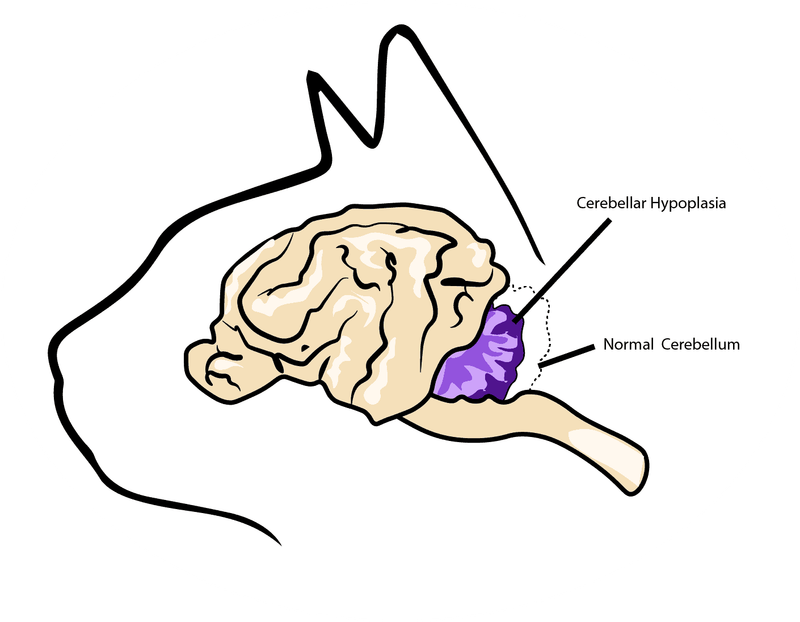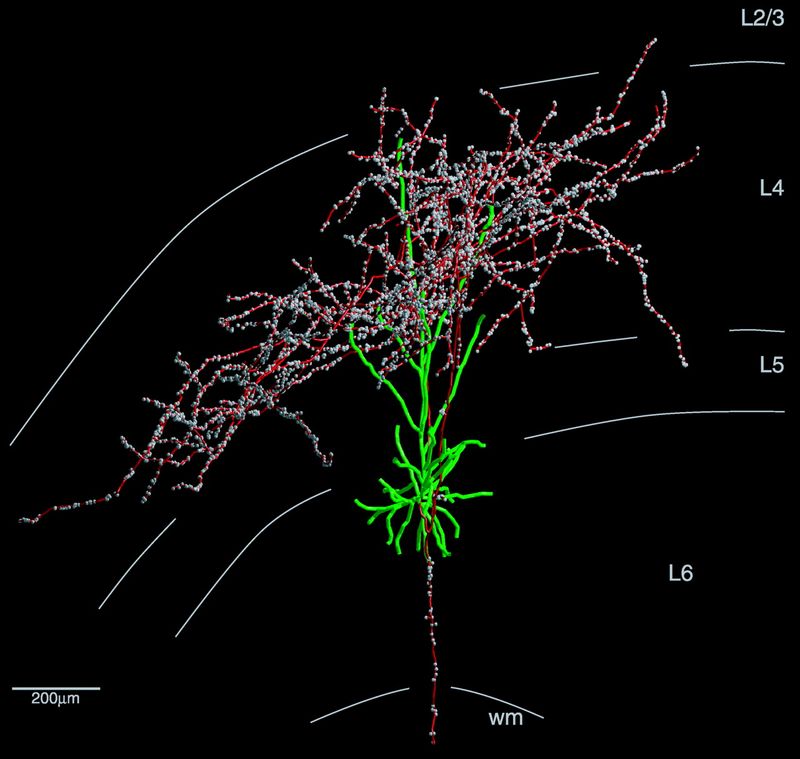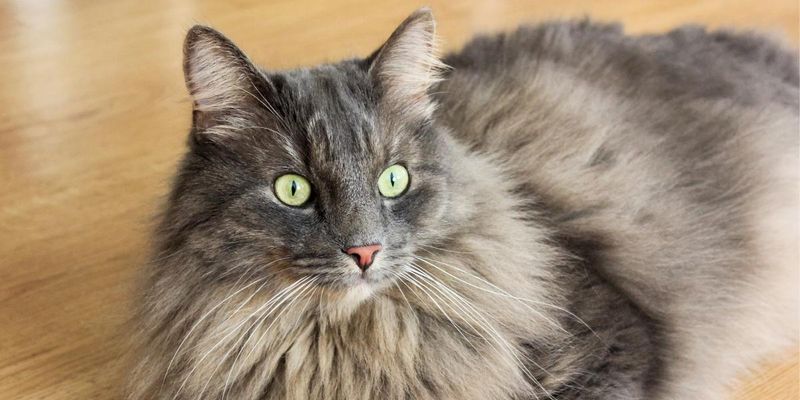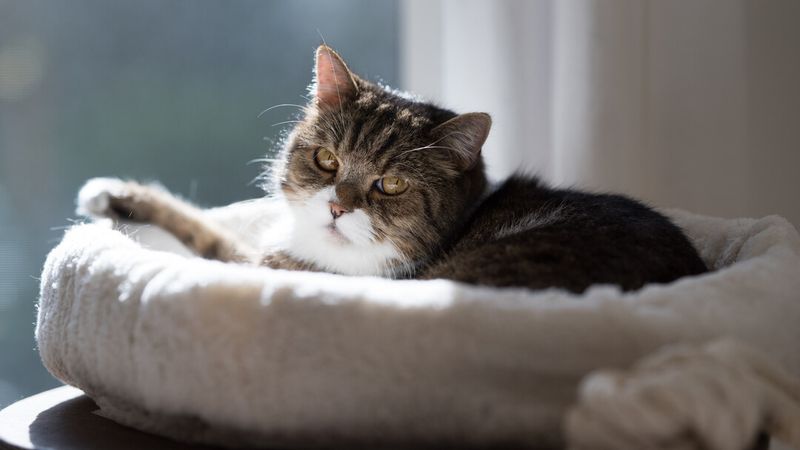📖 Table of Content:
- 1. Brain Structure Similarity
- 2. Neuronal Count
- 3. Object Permanence
- 4. Memory Capabilities
- 5. Sense of Time
- 6. Understanding Human Pointing
- 7. Emotional Awareness
- 8. Advanced Sensory Abilities
- 9. Dreaming
- 10. Learning Through Observation
- 11. Problem-Solving Skills
- 12. Social Bonding
- 13. Territorial Behavior
- 14. Spatial Awareness
- 15. Stress Response
- 16. Learning Through Play
- 17. Visual Perception
- 18. Communication Skills
- 19. Brain Size Relative to Body
- 20. Encephalization Quotient (EQ)
- 21. Cerebellum Proportion
- 22. Visual Cortex Neurons
- 23. Brain Weight
- 24. Cognitive Decline with Age
Explore the fascinating world of feline cognition in our comprehensive exploration of 24 amazing facts about how cats’ brains operate. From their remarkable memory and problem-solving skills to their advanced sensory abilities and emotional awareness, this blog post delves into the unique intricacies of cat intelligence. Discover how their brain structure shares similarities with humans, and learn about the incredible neuronal count that facilitates their complex processing capabilities. Whether you’re a cat owner or simply curious about these mysterious creatures, these insights into the feline brain will captivate and enlighten you.
1. Brain Structure Similarity
Cats’ brains share remarkable structural similarities with humans, particularly in the cerebral cortex. This area is responsible for complex processing like consciousness, thought, and decision-making. Despite their size, cats exhibit an impressive level of intelligence and adaptability due to these similarities. In fact, the brain structure of cats is about 90% similar to that of humans. Their ability to process information makes them incredibly curious creatures, capable of learning and memory retention.
2. Neuronal Count
A cat’s cerebral cortex contains approximately 250 million neurons. This high count enables them to perform complex processing tasks and display intelligent behavior. Cats’ brains have 300 million neurons, a significant number that supports their problem-solving abilities and intricate habits. Their nuanced brain structure allows them to engage with their environment more adeptly.
3. Object Permanence
Cats understand the concept of object permanence, meaning they know objects exist even when out of sight. This skill is essential for hunting and navigation, allowing them to track prey and move through their environment cleverly. By understanding that hidden objects aren’t gone forever, cats can strategize their interactions with their surroundings effectively.
4. Memory Capabilities
Cats possess both short-term and long-term memory, with some memories lasting up to 10 years. Their brain’s ability to store and recall information allows them to remember familiar faces, routines, and even past experiences. This memory capability enhances their adaptability and survival skills, and it’s one reason why they become so attached to their human companions.
5. Sense of Time
Cats have an internal clock, enabling them to distinguish between different durations, such as 5 and 8 seconds. This temporal awareness helps them anticipate events like feeding times and owner arrivals. Their ability to sense time enhances their routines and interactions with humans, showcasing another layer of their sophisticated cognitive functions.
6. Understanding Human Pointing
Studies show that cats can comprehend human pointing gestures, especially when searching for hidden food. This understanding highlights their ability to interpret human body language and respond accordingly. By following pointing cues, cats demonstrate a level of social cognition that strengthens their bond with humans.
7. Emotional Awareness
Cats can perceive and respond to human emotions, often mirroring their owner’s moods. This emotional awareness allows them to connect with people on a deeper level, providing comfort and companionship in times of need. Their ability to read emotional cues adds a unique dimension to their relationship with humans, making them cherished family members.
8. Advanced Sensory Abilities
Cats have an exceptional sense of smell, with approximately 200 million scent receptors. This heightened olfactory system aids them in detecting food, recognizing individuals, and sensing changes in their environment. Their advanced sensory capabilities allow them to navigate their world with precision and confidence.
9. Dreaming
Cats experience REM sleep, indicating they dream. During this phase, they might twitch or move, similar to humans. Dreaming suggests that cats process experiences and stimuli, contributing to their emotional and cognitive well-being. Observing a cat dreaming can be a fascinating glimpse into their inner world.
10. Learning Through Observation
Cats can learn by observing others, including humans, and adapt behaviors they’ve seen. This observational learning allows them to mimic actions and solve problems more effectively. Their ability to learn in this manner showcases their intelligence and adaptability, making them keen observers of their environment.
11. Problem-Solving Skills
Cats exhibit remarkable problem-solving abilities, such as figuring out how to unlock food puzzles. Their inquisitive nature drives them to explore solutions and overcome challenges. This cognitive strength highlights their intelligence and ability to adapt to various situations, making them resourceful companions.
12. Social Bonding
Cats can form strong attachments to humans, displaying affection and attachment behaviors. Their social bonding is evident through purring, kneading, and following their owners. This connection enriches their lives and those of their human companions, highlighting the emotional depth of feline relationships.
13. Territorial Behavior
Cats use scent marking to establish and communicate their territory. This behavior is crucial for maintaining their social structure and minimizing conflicts. By marking areas with their scent, cats convey messages to other felines, underscoring their territorial instincts and social dynamics.
14. Spatial Awareness
Cats possess an innate ability to navigate complex spaces, aided by their whiskers and brain processing. This spatial awareness allows them to move gracefully and avoid obstacles with precision. Their keen sense of space and movement is a testament to their evolutionary refinement as skilled hunters.
15. Stress Response
Cats’ brains manage stress responses by releasing hormones like cortisol when faced with stressors. This physiological reaction helps them cope with challenging situations and adapt to changes in their environment. Understanding their stress response is key to providing a supportive and nurturing environment for these sensitive creatures.
16. Learning Through Play
Play is essential for cats’ cognitive development, helping them practice hunting skills and refine motor functions. Through playful interactions, cats learn coordination, timing, and problem-solving. This playful learning is crucial for their mental and physical growth, making it an integral part of their daily routine.
17. Visual Perception
Cats have excellent vision, especially in low-light conditions, due to a high number of rod cells in their eyes. This adaptation allows them to hunt effectively at dawn and dusk. Their visual prowess is a testament to their evolution as predators and enhances their ability to explore and understand their surroundings.
18. Communication Skills
Cats use a combination of vocalizations, body language, and scent markings to communicate with humans and other animals. This multifaceted communication system enables them to express needs, emotions, and intentions. By interpreting these signals, humans can better understand and respond to their feline companions’ cues.
19. Brain Size Relative to Body
A cat’s brain is about 0.91% of its body weight, compared to 2.33% in humans. Despite the smaller percentage, cats demonstrate remarkable intelligence and cognitive abilities. This comparison highlights the efficiency of their brain structure in supporting complex behaviors and interactions.
20. Encephalization Quotient (EQ)
Cats have an Encephalization Quotient (EQ) between 1-1.71, indicating a brain size relative to body mass. This measure of brain development is often associated with intelligence and adaptability. Cats’ EQ reflects their capacity for learning, problem-solving, and social interaction, making them intriguing subjects of study.
21. Cerebellum Proportion
Cats have a larger cerebellum relative to body weight, aiding in motor control and balance. This part of the brain is crucial for coordinating movement and maintaining posture. The well-developed cerebellum helps cats execute precise and agile actions, enhancing their hunting and exploration abilities.
22. Visual Cortex Neurons
The primary visual cortex in cats has about 51,400 neurons per mm³, supporting their keen vision. This dense neuronal network processes visual information efficiently, allowing cats to detect motion and detail in their environment. Their visual acuity is a remarkable aspect of their sensory repertoire, enabling them to thrive as predators.
23. Brain Weight
A cat’s brain weighs about 25 grams, much smaller than the average human brain, which weighs approximately 1,300 grams. Despite its smaller size, the cat brain is highly efficient, supporting a range of complex behaviors and cognitive functions. This efficiency reinforces the idea that intelligence isn’t solely determined by brain size.
24. Cognitive Decline with Age
Cats can experience cognitive decline similar to humans, affecting memory and behavior. Aging may bring changes in their ability to navigate and interact with their environment. Understanding these changes can help caregivers provide support and ensure a comfortable life for senior cats, emphasizing the importance of mental stimulation.
